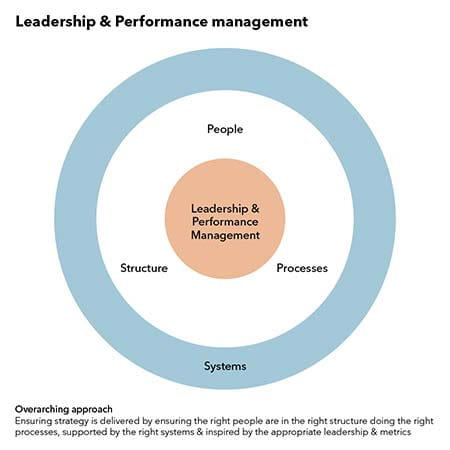Ultimately, a finance leader has one fundamental job: helping the CEO achieve the organisation’s strategy. And never has this job been so important to so many businesses.
The current pandemic has made the finance function, and particularly its leadership, more relevant than ever for the success of a business. COVID-19 has proved the importance of finance co-piloting the business: not only ensuring the ongoing survival of the business by monitoring cashflow, securing liquidity or formulating cost-reduction plans but also using data to analyse emerging trends in this fast-moving environment, such as digitisation or changes in consumer behaviour - and acting on them.
The role of a finance leader has always had a strategic element to it but recent shifts in technology have helped finance executives rise to the top of the pile when it comes to leading the C-suite agenda, using data to drive efficiency, transformation and capability building.
During my time at organisations such as Hewlett Packard, Mars and Jacobs, I’ve come to realise that a strong partnership between CEO, board and finance leaders has been essential. A lot of companies are still on this journey, and some still don’t understand what good looks like.
Many finance leaders acknowledge that a shift towards strategy has taken place but are still so preoccupied with the day-to-day fog of compliance tasks (that running a finance function often entails) they have little time for strategic aims. This may have to change if businesses are to survive and thrive in a post-COVID world.
Over the course of six articles, I’ll stress the importance of focusing on five key elements to deliver the best strategic results as a finance leader. I believe that strategy is delivered by:
- Ensuring the right people
- Are in the right structure
- Doing the right processes
- Supported by the right systems
- And are inspired by the appropriate leadership and metrics.
Often when looking to provide leadership for finance teams, leaders wrongly focus too much or too little on one particular element. For example, a lot of focus is put on being a strong leader or putting the right process in place and expecting results. You need all the ingredients to get a high-performing finance department.
Essentially, delivering an organisational strategy as a finance leader boils down to knowing your business, your industry and your strategy, and having all the elements that matter measured and under control.
While every organisation is unique, with a unique set of challenges, the elements listed above cover the majority of common areas of strength, and weakness, in the approach of finance leaders when it comes to delivering on their strategic aims.
Over the next five articles, I’ll dig into each of the five elements, explaining them in more detail and laying out how a finance leader can utilise all the tools at their disposal to drive organisational success. Next time, it’s all about leadership and performance management.
Neil Cutting is finance transformation executive at US-based company Jacobs. With $13bn in revenue and a talent force of more than 55,000, Jacobs provides a full spectrum of professional services including consulting, technical, scientific and project delivery for the government and private sector.
He is also a member of the ICAEW Business Committee, which represents global business members.

